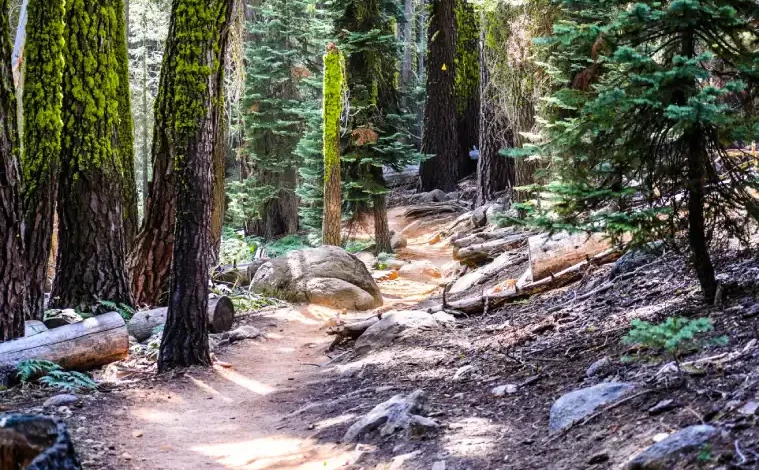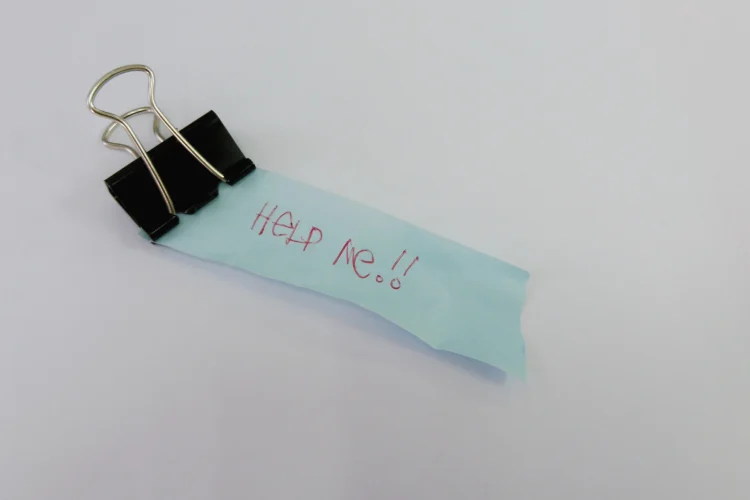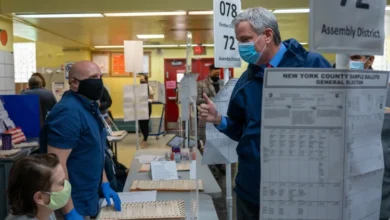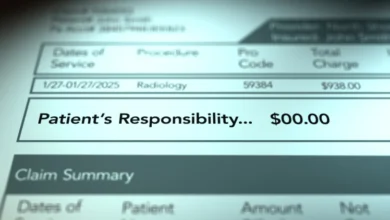
Handwritten Notes Help Rescue Stranded California Mom and Son in Remote Forest
A Gps Misdirection Left Tami Laird and Her 9-year-old Son Stirling Stranded in California's Sierra Nevada Forest
A California mom and son were rescued successfully on July 12 after a 49-year-old woman, Tami Laird, and her 9-year-old son Stirling were found in a remote section of the Sierra Nevada forest. The pair had gone missing for over 24 hours after following a GPS route that led them far off course.
The incident began when Laird set out to drop her son at Camp Wolfeboro, a Boy Scout camp in Calaveras County. Trusting her phone’s GPS, she left California Highway 44 and followed a rugged dirt road, initially unbothered since camp organizers had warned about rough terrain. But after 30 minutes of navigating increasingly isolated paths, the road conditions worsened, and she realized they were lost.
Improvising for Survival with Basic Tools

Attempts to backtrack failed, and the family’s sedan—unsuitable for off-road travel—repeatedly bottomed out. Eventually, the car broke down, stranding the two with no cell service, miles from the nearest road. Laird tried calling 911 18 times without success. Stirling relied on his Boy Scout training and blew his emergency whistle, a key item scouts are advised to keep on hand.
The pair spent the night in the car for safety, using hazard lights in hopes of attracting attention. Laird stayed awake while Stirling drifted in and out of sleep. The next morning, they began walking along a flatter trail, leaving torn bedsheet markers and placing handwritten notes under rocks explaining their situation.
One of the notes explained that the mother and her son were stranded without cell service, unable to call 911, and had moved ahead up the road to the right.
Search and Rescue Operation Triggered by Missed Return
Meanwhile, a concerned friend had alerted Calaveras County authorities after the pair failed to return. Fortunately, a volunteer search and rescue team conducting training nearby was quickly mobilized. Due to the lack of standard communication options, the search team operated using amateur radio channels and deployed specialized off-road vehicles to navigate the rough terrain.
A break came when a group of campers texted an emergency line to report a sighting of the stranded car. Shortly afterward, the first handwritten note was found by rescuers. They continued along the path, locating a second note with names and a phone number. About a mile further, they found Laird and Stirling.
Laird later described the moment of rescue as overwhelming. “I turned around and saw this truck coming down the road. It was just the best feeling ever,” she told ABC10.
Lessons Learned and Future Precautions
The sheriff’s department confirmed that the terrain made conventional communication methods useless and praised Laird’s survival decisions. Search crews later used vehicle recovery equipment to free the car and assist the family in returning to their loved ones.
Following the incident, Laird emphasized the importance of being prepared. She now plans to carry an emergency kit and a physical map during future trips.
Authorities say the situation likely arose from over-reliance on GPS in an area with limited signal and difficult roads. The case highlights the importance of combining digital navigation with basic survival strategies—something that ultimately saved Laird and her son.
[Source]




